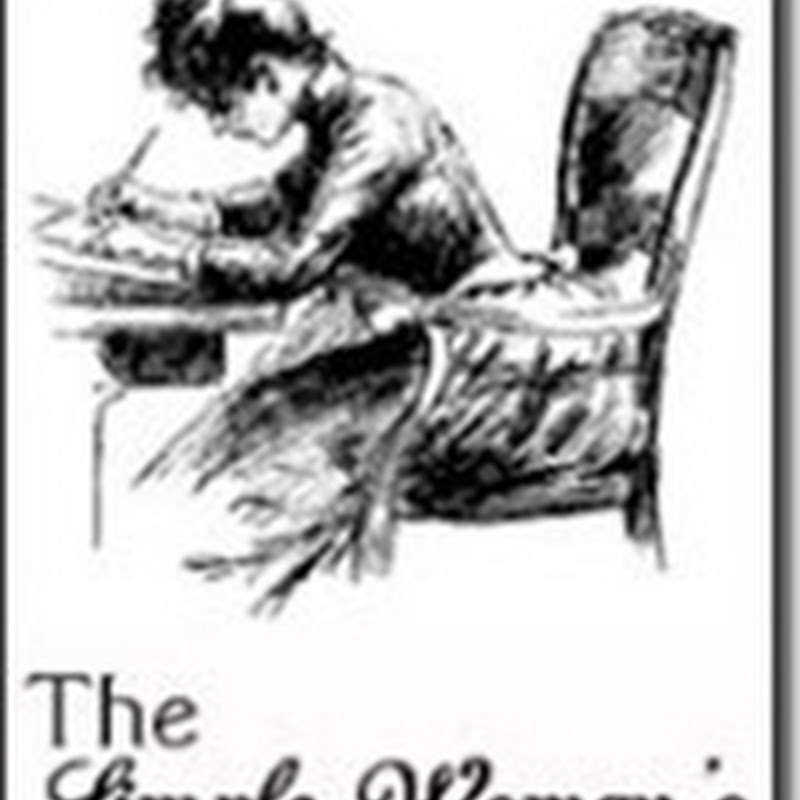
Promisedland ~ at HomesteadBlogger.com ~ posted this information about margarine a while back and I thought it was VERY good info to know.
Below that, you will find my VERY easy, VERY tasty butter recipe.

And, in the interest of full disclosure, I do have to use margarine & rice milk for certain recipes for DD#2 b/c of her allergies. However, I choose a non-hydroginated margarine that is also certified Kosher (Biblically clean) called Earth Balance. You can find it in health food stores or in the healthy section of most of the large grocery stores. If they don't have it, ask for it by name. (I'm not getting paid to say that!)
~~~~~~~~~~~~~~~~~
~~~~~~~~~~~~~~~~~
Did you ever wonder how margarine is made? You know, the stuff that’s supposed to taste like butter and be healthier for you? I couldn’t help wondering because if it’s not butter, then what is it? This is what I found:
First, margarine is made from vegetable oil. Along with using high pressure and high temperature to remove the oil, hexane is used to remove the last bit. Hexane is a carcinogen (causes cancer), and is mostly removed later on, but trace amounts remain.
Second, the oils are steam cleaned. This kills any bacteria, but also destroys any vitamins and anti-oxidants that were in the oils.
Third, the oils are then mixed with finely ground nickel, which acts as a catalyst for the hydrogenation process. Nickel is also a carcinogen.
Fourth, the oils are again put under high temperature and pressure, and hydrogen gas is introduced. The hydrogen atoms are forced into the oils. This turns the oils from a liquid into a semi-solid. This semi-solid pretty much takes the form of a grey greasy substance. Emulsifiers are added to remove any lumps.
Fifth, the grey grease is steam cleaned again, and bleached to turn it white (after all, who wants to eat grey margarine?).
Because you now have a lump of stuff that has practically no nutritional value or taste, synthetic vitamins and artificial flavors are added. A natural yellow color is added to make it look like butter. Until the 1950s, margarine had to be white so people wouldn’t mix them up. Now people don’t know the difference.
So which would you choose…a bleached, colored, artificially flavored greasy lump…or….nice fresh, lightly salted butter right from the cow? I know what I’d choose. In fact, I don’t know if I can ever eat margarine again. Yuck!
Now, for the BUTTER...
My mother used to do this as a child on a VERY RURAL (to put it MILDLY) Kentucky farm during the Depression. Only she used what she refers to a "curdled milk."
The way I do it is also a great project to do w/your own kids!
Here's my way...
You will need:
~ 2 small cartons of heavy whipping cream
~ pinch of salt
~ an air-tight GLASS jar
~ a WOODEN spoon (NO METAL!!)
~ 2 small cartons of heavy whipping cream
~ pinch of salt
~ an air-tight GLASS jar
~ a WOODEN spoon (NO METAL!!)
Pour the 2 cartons of cream into the glass jar. Shake (shake...shake...SHAKE) for around 45 minutes. You will notice several stages while you are shaking....it will become creamy, then like whipped cream, then a little watery. ALL OF A SUDDEN, at around 45 minutes of shaking, you will notice that a complete ball has actually shaken loose from buttermilk!!
THAT'S YOUR BUTTER!! It's really such a miracle how it simple just 'appears'!
Take your wooden spoon and, while holding back the butterball, drain the buttermilk either down the drain or into a glass for your own drinking pleasure. Press and drain, press and drain, press and drain until hardly a trickle of milk is left.
Add a pinch of salt (or to taste), stir salt completely into butter and then store your butter in a crock or air-tight container.

I like soft butter so I leave mine on the counter in a crock. This will make just less than a pound, so it won't last long!
ENJOY!!
Blessings from Ohio, Kim Wolf<><


















































































 Different agency.
Different agency. 
























